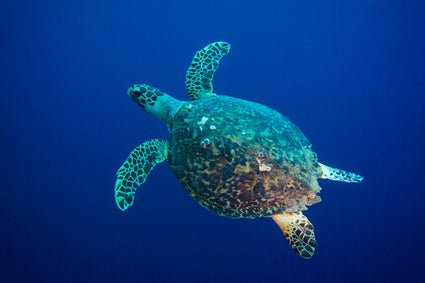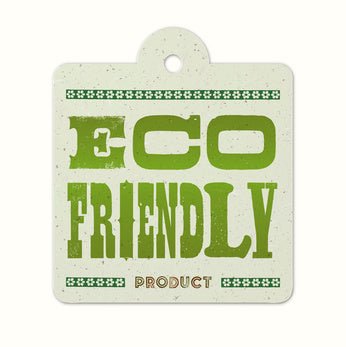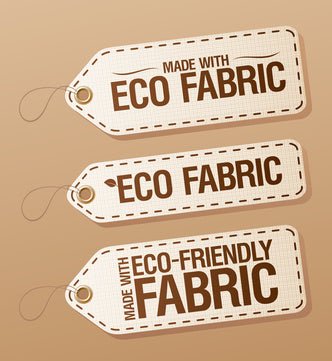
Why Saving Sea Turtles is Important
In this video you can see one of the challenges facing sea turtles, this sea turtle was very lucky...
As a child growing up in Puerto Rico I used to go with my family out in the ocean on our boat almost every weekend. This exposed me to an amazing array of flora and fauna fit for the covers of National Geographic. But there is one animal that stood out for me growing up because it was so rare to catch a glimpse of it unless you were scuba diving... 'el carey', or sea turtle. These wonderful prehistoric reptiles are now endangered and their survival affects humans more than we are aware of.
Sea turtles, also called marine turtles, have lived in our oceans for over 100 million years having survived the extinction of dinosaurs. According to NOAA, the National Oceanic & Atmospheric Administration, there are seven kinds of sea turtles. Of those, six are found in the U.S. and are at risk of extinction:
-
Leatherback – critically endangered
-
Loggerhead – endangered
-
Green turtle – endangered
-
Flatback (Only found in Australia) – data deficient
-
Hawksville – critically endangered
-
Kemp's Ridley – critically endangered
-
Olive Ridley – vulnerable
Although in the U.S. all marine turtles are protected by ESA, the Endangered Species Act, their numbers continue to drop. It is logical to ponder the question, why are these ancient creatures who survived so many years and so many climatological changes now endangered? There are several contributing factors, but humans activities are the number one reason the scales have tipped against their favor. Over harvesting and illegal trade of sea turtles' meat, eggs, skin and shells are well documented world wide. In many countries they are considered a delicacy, while other countries use them for medicinal or religious reasons. Even though CITES, the acronym for the Convention on International Trade in Endangered Species of Wild Fauna and Flora, is an international agreement signed by 176 nations to ensure trade doesn't threaten sea turtles survival, illegal trade continues to be a global problem.
According to the World Wildlife Federation, WWF, other factors involved in the declining numbers of marine turtles is the destruction of their habitat, climatological changes, vessel strikes and 'bycatch'. Habitats can be destroyed by weather disasters, as well as human invasion and development of the coastline. Beach pollution is another deadly contributor to their plummeting numbers. Sea turtles have a hard time distinguishing between a jelly fish, which is a regular part of their diet, and a plastic bag floating in the ocean, which will kill it if ingested. Climate change, such as an increase in water and environmental temperatures can also affect their survival. Higher temperatures turns hatchlings into females throwing off the balance that should exist between male/female population. Accidental vessel strikes and incidental capture, also called 'bycatch', is another factor that affects their numbers and survival. As the fishing industry continues to expand its multi billion dollar business, overfishing has led to many sea turtles dying by drowning. As any other reptile, sea turtles need to come to the surface in order to breathe. Once the turtles are trapped in fishing nets they are held under water for prolonged periods of time leading to their death.

I understand nowadays being an Eco conscious individual has become, for lack of a better word, 'trendy' and that everyone is looking for a cause to embrace in their effort of being in the Eco bandwagon. But trust me when I say there is huge importance behind supporting the survival of sea turtles. The ocean covers 71% of the Earth's surface. Now, let's think about the ocean floor covered with sea grass. Just like grazing animals on Earth keep plains, fields and mountains' flora healthy and at bay, sea turtles and manatees fulfill the same function in the ocean. According to the Sea Turtle Conservancy sea grass needs to be constantly cut in order for it to remain healthy and spread throughout the ocean bottom evenly creating sea beds, as opposed to growing large grass blades.
Sea beds are essential in the breeding and development of other marine life such as shellfish, crustaceans and some species of fish. Without healthy sea beds other species could also become extinct, thus affecting the human food chain. This is why sea turtles play such an intricate role in our food chain supply. Without them the entire marine Eco system would be impacted and other marine life would lack the proper habitat to thrive.
The impact of sea turtles extends from water to land, literally. Adult females must return to shore during summer nesting season to lay their eggs. They can lay around 100 eggs in one nest, and usually lay 3–7 nests each nesting season. Because not every egg in a nest will hatch, all the unhatched eggs and hatchlings that do not make it to the ocean become rich nutrients to the sand dunes along the coastline. Beaches and dune systems do not get many nutrients because sand doesn't hold nutrients well, hence the value of sea turtles in the growth and development of vegetation. Stronger vegetation and root system helps protect the beach from erosion, preserving our coastlines.
The Ocean Foundation is a non-profit organization whose mission is to support, strengthen and promote other organizations dedicated to reversing the destruction of our oceans worldwide. Amongst the non-profits supported by The Ocean Foundation is SEE Turtles. PuraKai has been involved with the Billion Baby Turtle project (BBT) since it was founded. The BBT objective is to save one hatchling for each dollar donated through their partner programs in Latin America. SEE Turtles is a major sponsor of BBT by facilitating travel, volunteer and educational programs. For each PuraKai BBT shirt purchased SEE Turtle releases 5 hatchlings safely into the ocean. Help us continue this mission of love!
“For most of the wild things on Earth, the future most depend upon the conscience of mankind” - Dr. Archie Carr, father of modern marine turtle biology and conservation






Leave a comment
This site is protected by hCaptcha and the hCaptcha Privacy Policy and Terms of Service apply.